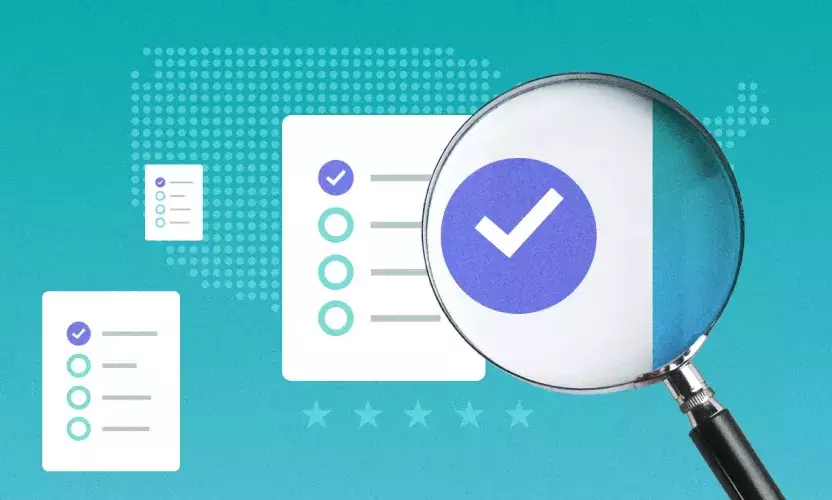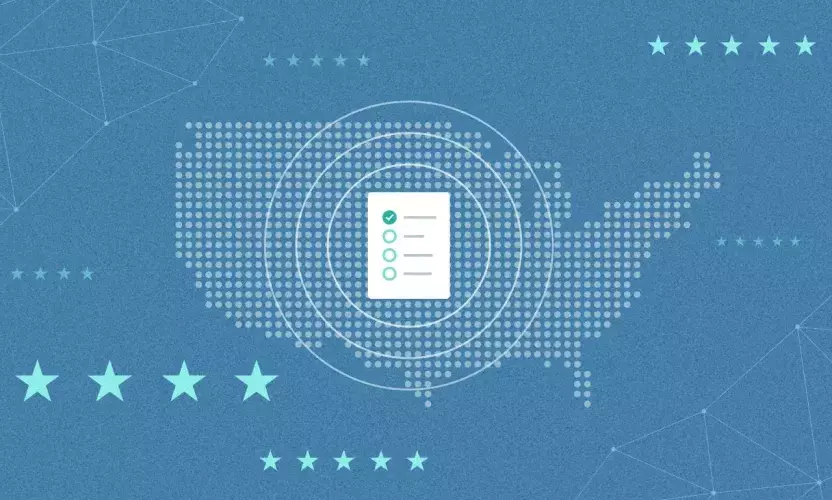
Think Twice Before Embarking on Your CMMC 2.0 Compliance Journey Alone
Like a multitude of professions, the field of Information Technology (I.T.) is vast and requires specialized experience. There are network infrastructure specialists, risk and compliance analysts, cybersecurity professionals, technical generalists and more. I.T. personnel are asked to do everything from building and maintaining a company’s network, to programming the Bluetooth connection in an executive’s car, to defending the organization against criminal cyber-attackers and maintaining complex compliance frameworks like PCI-DSS and HIPAA. Oftentimes, technical professionals manage such projects without formal education in certain aspects of the technology.
CMMC 2.0 Compliance: Manage It Differently
Unfortunately, many organizations mistakenly assume that their in-house or outsourced I.T. professionals can do it all. When approaching compliance with a framework like CMMC 2.0 (Cybersecurity Maturity Model Certification) – which is expected to impact every contractor or subcontractor to the U.S. Department of Defense (DoD) - many organizations do not understand that they need to seek outside expertise, given the nuance and complexities of a framework that’s so robust.
For many organizations, their I.T. staff are ill-equipped to implement complex IT Security requirements like CMMC 2.0, while simultaneously managing day-to-day maintenance and proper functioning of the company’s technological environment. With current shortages in qualified I.T. and cybersecurity personnel and a looming burnout crisis that is expected to see roughly one-third of all cybersecurity veterans retiring in the next two to three years, partnering with proven outsourced compliance platforms, providers and professionals is required more than ever.
Cyber-Threats: They Keep Coming
The goal of most I.T. security standards is to maximize the Confidentiality, Integrity and Availability (C.I.A.) of sensitive data that the framework is designed to protect. In the case of CMMC, that is Controlled Unclassified Information (CUI), which Department of Defense’s (DoD) contractors and subcontractors manage in order to complete their projects. The DoD has grown tired over the years seeing foreign intelligence agencies constantly hit their supply chain of over 300,000 businesses which, in turn, impacts the greater economic infrastructure of the entire United States. Ultimately, concerns about state-sponsored cyber attacks culminated in the formation of the CMMC 2.0 standard. With this came new processes for DoD contractors and subcontractors, to confirm that they - and their supply chain partners - have adequate security controls in place.
How to Become Knowledgeable About 110 (Yes, 110) CMMC 2.0 Controls
Consider for a moment that CMMC requires a lot of work to build out technically, but even more work to maintain compliance on an ongoing basis. Based on the NIST SP 800-171 cybersecurity framework, an organization must implement 110 required controls in order to fully align with the Level 2 standard - everything from asset management to security awareness training to network configuration, data protection, contingency planning, and much more. There are dozens of policies, hundreds of processes and procedures and the collection and maintenance of documentation, including evidence that the organization is actually practicing what their documentation states to be true. This is a herculean task even for the biggest and most well-financed I.T. organizations.
Do You Have Time to Spare?
Realistically, it can take years to achieve CMMC compliance, and there are multiple moving parts that are required to build a compliant organization. The default recommendation is that a major project like CMMC compliance should take no longer than eight fiscal quarters, or two years, to achieve. With that in mind, unless your organization has the resources in-house to manage the workload, our recommendation is that you should seek outside support from a trusted provider. Otherwise, your company’s DoD-related revenue could be adversely affected, because of an inability to bid on future contracts.
Organizations that look to proven cloud collaboration and data governance solution providers tend to have faster turn-around times, since many critical aspects of the compliance journey can be achieved through their I.T. platforms. It also makes the certification process with a third-party assessor easier, as assessors can check off many core controls right out of the box. Without a trusted third-party provider, your team will need to more closely examine the network(s) where your Controlled Unclassified Information (CUI) resides. If your I.T. personnel lack the relevant expertise and overlook critical security flaws in your configuration, substantial risk could be introduced, exposing your CUI to threats.
The Pathway to Fast and Effective Certification: Engage a Trusted Solution Partner
If you choose to pursue CMMC compliance on your own, you should be aware that the overall process might take longer, and you may not have all of the requisite skill-sets in place at your company. For many organizations, a robust CMMC compliance alternative leverages proven cloud collaboration and data governance solution providers, since these outfits have spent years honing, hardening and improving their product offerings with more robust security.
Furthermore, these providers can serve as trusted partners for most compliance frameworks, because they share responsibility with their clients to help maintain different aspects of compliance requirements. Their platforms are typically much faster at patching and updating infrastructure, can supply critical controls like encryption standards immediately, offer better redundancy for uptime and availability and can even help to reduce your overall maintenance costs. More importantly, these providers bring their experience with different industries and customer use cases to your environment.
There have been unfortunate cases of organizations failing certifications for various compliance standards, not because their networks weren’t well-maintained, but because the required documentation, risk analysis and process maturity that a framework required had not been properly addressed or implemented.
Trusted solution providers can help take some of that burden off of I.T. Administrators by sharing the responsibility for security for standards like CMMC. In addition to assisting their customers with alignment to compliance frameworks, these providers often can deploy professional services support to ensure that implementations of their platforms are done in a proper and expedient way. Further to CMMC, they offer what is known as a “Shared Responsibility Matrix” so that an organization knows exactly what controls the provider will deliver and what is the responsibility of the customer. While no cloud collaboration and data governance solution provider can take 100% responsibility for achieving and maintaining an organization’s CMMC certification, they make it much easier and efficient for their customers than attempting to do everything alone.
Take the Next Step
Achieving an I.T. security compliance requirement like CMMC is not something that should be taken lightly, but it shouldn’t be feared, either. It takes time, consideration, and planning, with the right personnel, partners ,and I.T. infrastructure in place. In the end, an organization is only as capable as the resources it knows that it needs. Make sure your organization doesn’t fall into the trap of missing critical elements that could put your company’s infrastructure at risk and increase compliance costs, as you embark on the path to CMMC certification.





